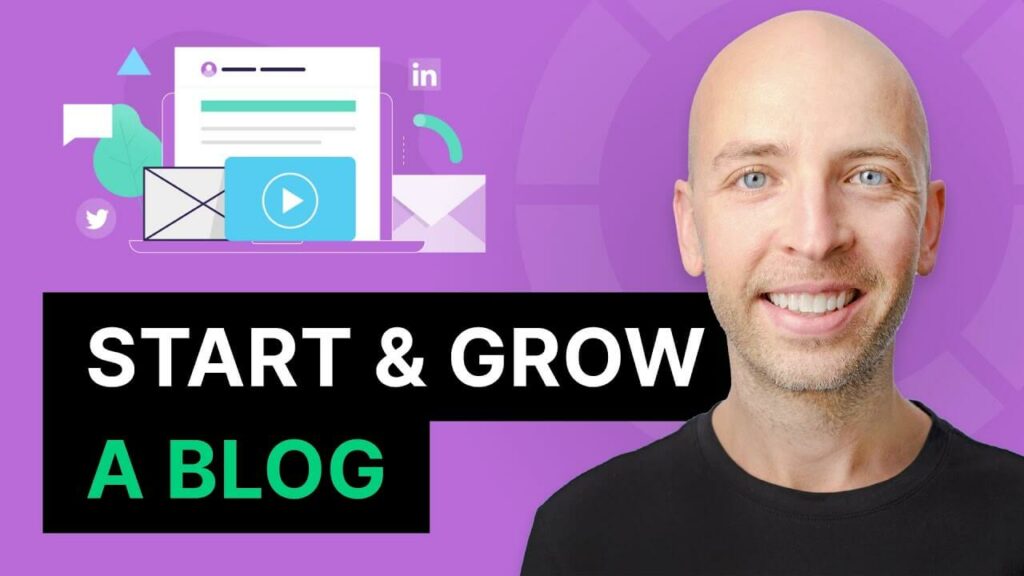The Art of Storytelling: How to Create Engaging Content


In the ever-evolving digital landscape, creating engaging content marketing is more important than ever. The art of storytelling lies at the heart of crafting content that captivates your audience, drives traffic, and ultimately boosts conversions. In this comprehensive guide, we’ll delve into the core principles of storytelling and explore how you can leverage this powerful tool to elevate your content marketing efforts. Ready to weave your own narrative and captivate your audience? Let’s dive in!
The Power of Storytelling in Content Marketing
A. The Human Connection
- Stories foster empathy and build trust
- Stories humanize brands and facilitate emotional connections
- Stories provide relatable context to abstract concepts
B. Enhanced Memory Retention
- Stories are easier to remember than facts and figures
- Narrative structures help organize information for better recall
- Stories engage multiple areas of the brain, increasing retention
Essential Elements of Effective Storytelling
A. A Compelling Hero
- Your audience should be the hero of your story
- Speak to their needs, goals, and aspirations
- Empower them to take action
B. A Well-Defined Conflict
- Present a problem or challenge that resonates with your audience
- Showcase how your brand can help resolve the issue
- Use data and examples to reinforce your solution
C. A Satisfying Resolution
- Demonstrate the positive outcomes of using your product or service
- Highlight success stories and testimonials
- Encourage your audience to envision their own success
The Art of Incorporating Storytelling into Content Marketing
A. Use Vivid Imagery and Sensory Details
- Paint a picture with descriptive language
- Engage the reader’s senses to make your story more memorable
- Use metaphors and similes to create striking comparisons
B. Leverage the Power of Emotion
- Evoke emotions that align with your brand’s values
- Use emotional triggers to drive engagement and sharing
- Balance emotional appeals with logical arguments
C. Keep Your Story Authentic
- Share real stories from customers or employees
- Be transparent about your brand’s journey and challenges
- Avoid exaggeration and maintain credibility
Optimizing Storytelling for SEO
A. Long-Tail Keywords
- Research and incorporate long-tail keywords relevant to your topic
- Integrate keywords naturally within your content
- Use keyword variations to maintain readability
B. Engaging Headings
- Use headings to structure your content for easy scanning
- Incorporate relevant keywords within your headings
- Write headings that entice readers to continue reading
C. Internal and External Linking
- Link to related content on your website
- Reference authoritative external sources to support your story
- Use descriptive anchor text for better user experience and SEO
Conclusion
The art of storytelling is a powerful way to breathe life into your content marketing efforts. By leveraging human connection, emotion, and authentic narratives, you can craft content that not only captivates your audience but also drives traffic and conversions. Remember to optimize your storytelling with SEO best practices, including long-tail keywords, engaging headings, and strategic linking. So, go ahead – weave your own engaging stories and watch as your content marketing results soar to new heights.






Responses